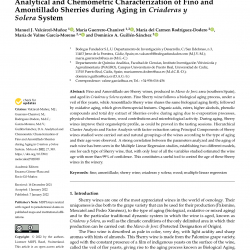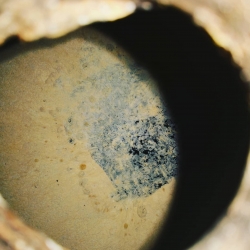Sherry Service in Restaurants and How to Get it Right
I’m old. I’ve been around the block; I’m well seasoned. I’m aged like a fine wine; whatever euphemism you want to apply for someone long in the wine and restaurant biz. Long in the tooth, they say, though I assure that my teeth stopped growing long ago.
By now, I’m a known commodity. No surprises. What you see is what you get. My kids know which restaurant is best for my birthday; my wife knows what color or shirt I like and which ball cap should never under any circumstances be thrown away. Or washed.
Sherry is a lot older than me. The drink has been around for centuries; the word “Jerez” has been roundly mispronounced by endless Englishmen. Shakespeare’s Falstaff called it “Sherris Sack”, when he meant “Jerez Sec” (or dry Sherry).  By now, we accept “Sherry” as the way to describe the great fortified wines of Jerez de la Frontera and its neighboring climes. It’s known, accepted, embraced and, most importantly, understood.
By now, we accept “Sherry” as the way to describe the great fortified wines of Jerez de la Frontera and its neighboring climes. It’s known, accepted, embraced and, most importantly, understood.
Or is it? When I walk into a restaurant, stride to the bar and see an open bottle of Fino perched right next to the Cointreau and Grand Marnier, is Sherry understood? When someone pours me a dull glass of Fino or Manzanilla, and upon sipping it, I ask, “When was this opened?”, why is the bartender stupefied? How is this not a question everyone asks, as we would for a tired or dull Cabernet or Sauvignon Blanc? Why does he or she not understand that, like any other wine, Sherry needs care?
Yes, Oloroso and its sweeter iterations can live for a time in an open bottle. But Fino? Manzanilla? Even Amontillado has delicate aromas and textures that become coarser, imbalanced and nearly unpleasant once that wine has been open for too long.  Consider your average Chardonnay. If you were poured a glass of Chardonnay that had been opened weeks before and left room temperature to sit on the back bar, that would not be a representative glass of said Chardonnay.
Consider your average Chardonnay. If you were poured a glass of Chardonnay that had been opened weeks before and left room temperature to sit on the back bar, that would not be a representative glass of said Chardonnay.
Manzanilla is, to me, even more delicate than your average white wine. Within a day or two of opening, some of that delicacy seems lost; the wine begins to taste more like an ordinary Fino. Manzanilla, like Fino, even like oxidized styles of Sherry (Amontillado, Palo Cortado, Oloroso, et al.), is at its best immediately after opening. Refrigeration will delay the inevitable deterioration of the flavors, aromas and textures, but can only do so much.
In the bars of Sanlucar, Jerez, Santa Maria, in Sherry Country, even there, even while glasses are being poured every second, and the bottles of Manzanilla are open only for minutes, those bottles are on ice when you’re not being poured. They know. It’s no mystery.
Here’s my harsh prescription. The next time you walk into a restaurant and you see an open bottle of Fino or Amontillado on the back bar, stop. Apologize to the host or hostess who was looking to seat you. And then turn around and walk out. You don’t know how fresh the fish is in the kitchen; you don't know how well they train the line cooks; you don’t know if they buy the best ingredients or the cheapest. You only know one thing: they haven’t a clue how to handle Sherry and there are restaurants that do. They deserve your business.
The views and opinions expressed in this article are those of the authors and do not necessarily represent those of El Consejo Regulador.


08 June 2016
























